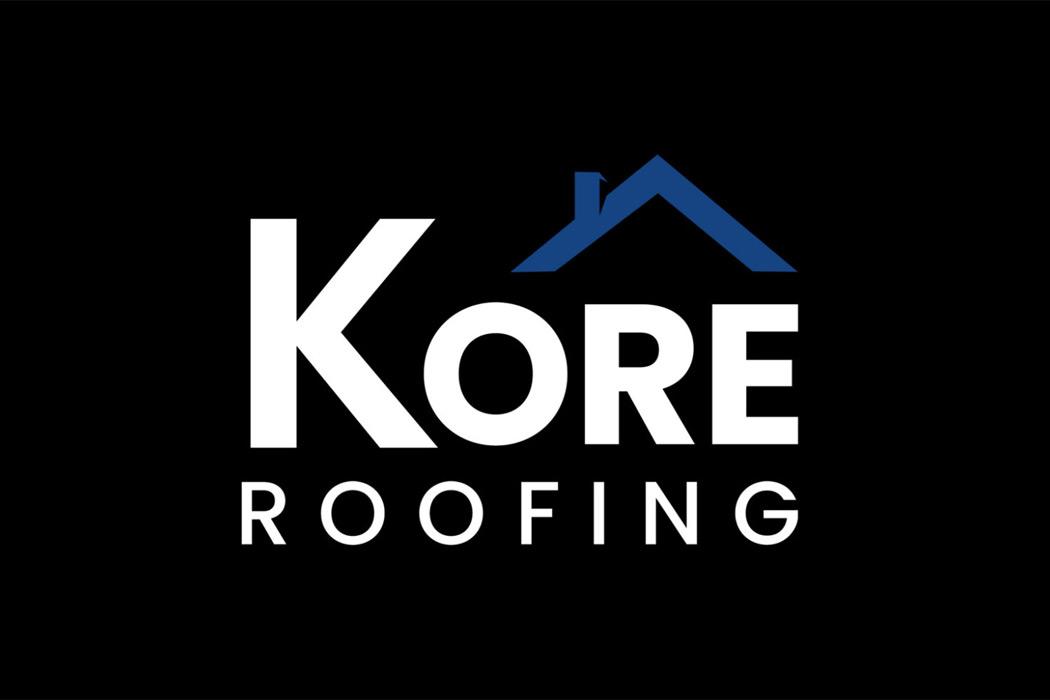The Importance of Preparing Your Roof for Heat Resistance
Welcome to the Kore Roofing blog! Today, we’re eager to discuss the importance of having a roof that is prepared to handle the summer heat in order to protect you and your home from the impact of the Arizona weather.
The Guide to Heat-Resistant Roofing
Roofing serves as the first line of defense against the elements, and when it comes to battling the heat, the right roofing materials and techniques are essential. With temperatures on the rise due to summer approaching, homeowners are increasingly seeking ways to keep their homes cool and comfortable while minimizing energy costs. In this blog post, we’ll delve into the world of heat-resistant roofing, exploring materials, construction techniques, and maintenance tips to help you beat the heat and stay cool all year round.
- Materials that Beat the Heat: When it comes to heat-resistant roofing, not all materials are created equal. Some materials, like traditional asphalt shingles, can absorb heat and transfer it into the home, leading to increased energy consumption and discomfort. However, there are several alternatives specifically designed to combat heat buildup and improve energy efficiency. Metal roofing reflects solar radiation rather than absorbing it, helping to keep the home cooler in hot climates. Additionally, metal roofs can be coated with reflective finishes to further enhance their heat-resistance properties. Clay and concrete tiles are another excellent option for heat resistance, as their dense composition and light color help deflect sunlight and reduce heat absorption.
- Construction Techniques for Cool Comfort: In addition to choosing the right materials, proper construction techniques are crucial for maximizing the heat-resistance of your roof. Adequate ventilation is essential for expelling hot air from the attic and preventing heat buildup. Ridge vents, soffit vents, and attic fans can help create airflow and promote cooling, reducing the strain on your HVAC system and lowering energy bills. Furthermore, installing a radiant barrier under the roof deck can significantly reduce heat transfer into the attic and living spaces below. Radiant barriers are made of reflective materials that bounce radiant heat away from the roof, keeping the interior cooler and more comfortable.
- Maintenance for Maximum Efficiency: To ensure that your heat-resistant roof continues to perform optimally, regular maintenance is key. Inspect the roof periodically for signs of damage, such as cracked tiles, damaged shingles, or worn-out sealants. Promptly repair any issues to prevent heat from penetrating into the home and causing further damage. Additionally, keeping the roof clean and free of debris is essential for maximizing its heat-resistance properties. Dirt, leaves, and other debris can block airflow and trap heat, undermining the effectiveness of ventilation systems and increasing energy costs. Regularly clean gutters, trim overhanging branches, and remove any debris that accumulates on the roof surface to maintain peak performance.
In the battle against the heat, a well-designed and properly maintained roof can make all the difference. By choosing heat-resistant materials, employing effective construction techniques, and staying vigilant with maintenance, you can create a cool and comfortable living environment while reducing energy consumption and lowering utility bills. With the right approach, your roof can protect your home and help you stay cool and comfortable, even on the hottest of days.


